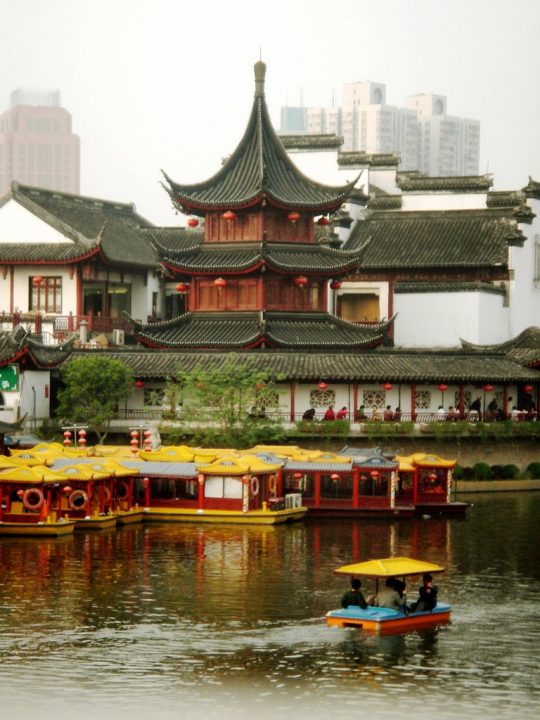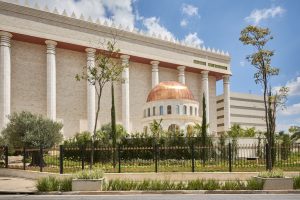
© Shutterstock
Location: Nanjing, China
Belief: Confucianism
Era: 384 CE
In the ancient city of Nanjing, in China, lies an ancient testament to the scholastic efforts of the Chinese people. Fuzimiao, also known as the Temple of Confucius, was originally built in 384 CE, around 1639 years ago. Rebuilt in 1034 CE after being damaged by a fire, the temple, located on the banks of the Qinhuai river, has always been associated with the Imperial University of Nanjing.
Confucius (as) lived from 550 – 478 BCE in China and was the latest in a line of sages and prophets from Fu Hsi (c. 3322 BCE), through Prophet Yu (as) (c. 2140 BCE) and King Wan (c.1143 BCE). Thus, Confucius (as) was the product of thousands of years of religious thought which influenced Chinese culture.
Confucius (as) focused on good moral behaviour including honesty, modesty, kindness, wisdom and understanding one’s role and place in family and society. His teachings lived on through his disciples, the most prominent of them being Yan Hui (Ziyuan), Min Sun (Ziqian) and Duanmu Ci (Zigong).
Confucian thought spread rapidly across Southeast Asia, and at its height, boasted over 3000 temples.
The Fuzimiao Temple complex includes the largest statue of Confucius (as) in all of China, as well as marble statues of his eight disciples. The artwork at the temple includes panels showing significant scenes from the life of the prophet.
Fuzimiao was damaged many times and was even burnt down by the Japanese during the Second World War (partly because some of the buildings were being used as army barracks), but was again restored in 1984. It stands as a testament to Confucian thought and is an important part of the prophetic history of China.
References:
Mirza Tahir Ahmad (rh), Revelation, Rationality, Knowledge and Truth (Tilford, UK: Islam International Publications Ltd., 1998), 155.




Add Comment